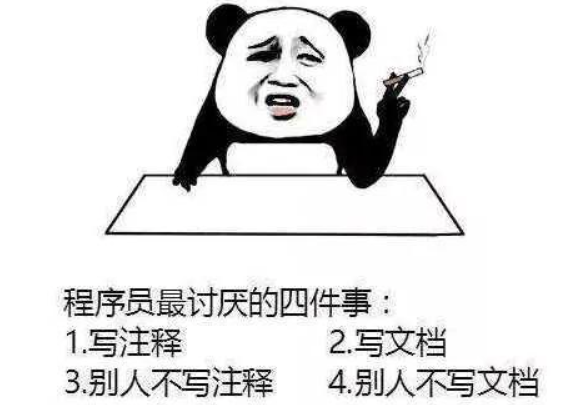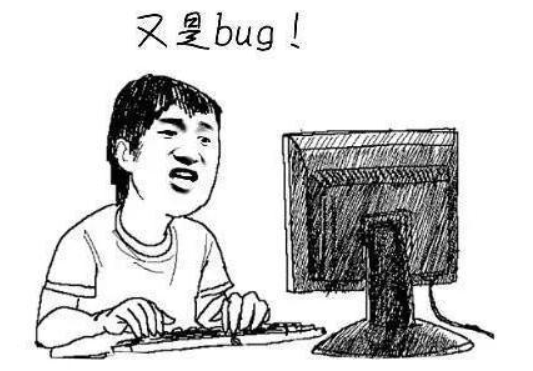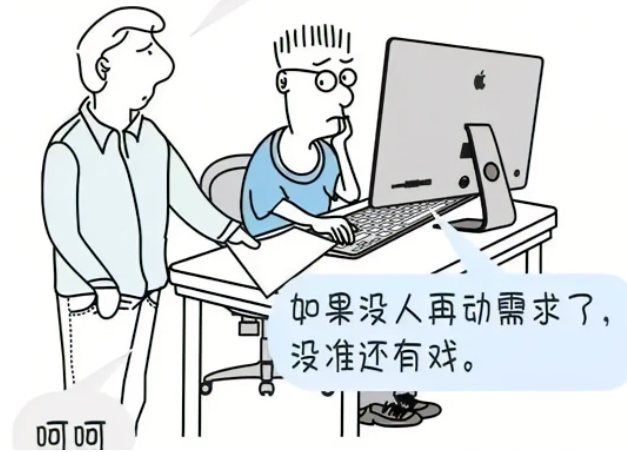以下是将代码转换为适用于OpenCV 4版本的代码:
#include <vector>
#include <iostream>
#include <algorithm>
#include <opencv2/opencv.hpp>
#include <opencv2/core/core.hpp>
#include <opencv2/features2d.hpp> // 注意:特征提取头文件发生了改变
#include <opencv2/highgui/highgui.hpp>
#include <chrono>
using namespace std;
using namespace cv;
int main(int argc, char **argv) {
if (argc != 3) {
cout << "usage: feature_extraction img1 img2" << endl;
return 1;
}
//-- 读取图像
Mat img_1 = imread("D:\\slambook2-master\\ch7\\1.png", IMREAD_COLOR);
Mat img_2 = imread("D:\\slambook2-master\\ch7\\2.png", IMREAD_COLOR);
assert(img_1.data != nullptr && img_2.data != nullptr);
//-- 初始化
vector<KeyPoint> keypoints_1, keypoints_2;
Mat descriptors_1, descriptors_2;
Ptr<FeatureDetector> detector = ORB::create();
Ptr<DescriptorExtractor> descriptor = ORB::create();
Ptr<DescriptorMatcher> matcher = DescriptorMatcher::create("BruteForce-Hamming");
//-- 第一步:检测 Oriented FAST 角点位置
chrono::steady_clock::time_point t1 = chrono::steady_clock::now();
#if CV_MAJOR_VERSION < 4 // 如果使用的是 OpenCV 3版本及以前的版本
detector->detect(img_1, keypoints_1);
detector->detect(img_2, keypoints_2);
#else // 使用 OpenCV 4版本及更高版本
detector->detectAndCompute(img_1, noArray(), keypoints_1, descriptors_1);
detector->detectAndCompute(img_2, noArray(), keypoints_2, descriptors_2);
#endif
//-- 第二步:根据角点位置计算 BRIEF 描述子
#if CV_MAJOR_VERSION < 4 // 如果使用的是 OpenCV 3版本及以前的版本
descriptor->compute(img_1, keypoints_1, descriptors_1);
descriptor->compute(img_2, keypoints_2, descriptors_2);
#else // 使用 OpenCV 4版本及更高版本
descriptor->compute(img_1, keypoints_1, descriptors_1);
descriptor->compute(img_2, keypoints_2, descriptors_2);
#endif
chrono::steady_clock::time_point t2 = chrono::steady_clock::now();
chrono::duration<double> time_used = chrono::duration_cast<chrono::duration<double>>(t2 - t1);
cout << "extract ORB cost = " << time_used.count() << " seconds. " << endl;
Mat outimg1;
#if CV_MAJOR_VERSION < 4 // 如果使用的是 OpenCV 3版本及以前的版本
drawKeypoints(img_1, keypoints_1, outimg1, Scalar::all(-1), DrawMatchesFlags::DEFAULT);
#else // 使用 OpenCV 4版本及更高版本
drawKeypoints(img_1, keypoints_1, outimg1);
#endif
imshow("ORB features", outimg1);
//-- 第三步:对两幅图像中的BRIEF描述子进行匹配,使用 Hamming 距离
vector<DMatch> matches;
#if CV_MAJOR_VERSION < 4 // 如果使用的是 OpenCV 3版本及以前的版本
matcher->match(descriptors_1, descriptors_2, matches);
#else // 使用 OpenCV 4版本及更高版本
matcher->match(descriptors_1, descriptors_2, matches, noArray());
#endif
t2 = chrono::steady_clock::now();
time_used = chrono::duration_cast<chrono::duration<double>>(t2 - t1);
cout << "match ORB cost = " << time_used.count() << " seconds. " << endl;
//-- 第四步:匹配点对筛选
auto min_max = minmax_element(matches.begin(), matches.end(), [](const DMatch &m1, const DMatch &m2) { return m1.distance < m2.distance; });
double min_dist = min_max.first->distance;
double max_dist = min_max.second->distance;
printf("-- Max dist : %f \n", max_dist);
printf("-- Min dist : %f \n", min_dist);
std::vector<DMatch> good_matches;
#if CV_MAJOR_VERSION < 4 // 如果使用的是 OpenCV 3版本及以前的版本
for (int i = 0; i < descriptors_1.rows; i++) {
if (matches[i].distance <= max(2 * min_dist, 30.0)) {
good_matches.push_back(matches[i]);
}
}
#else // 使用 OpenCV 4版本及更高版本
double threshold = max(2 * min_dist, 30.0);
for (const auto &match : matches) {
if (match.distance <= threshold) {
good_matches.push_back(match);
}
}
#endif
//-- 第五步:绘制匹配结果
Mat img_match;
Mat img_goodmatch;
#if CV_MAJOR_VERSION < 4 // 如果使用的是 OpenCV 3版本及以前的版本
drawMatches(img_1, keypoints_1, img_2, keypoints_2, matches, img_match);
drawMatches(img_1, keypoints_1, img_2, keypoints_2, good_matches, img_goodmatch);
#else // 使用 OpenCV 4版本及更高版本
drawMatches(img_1, keypoints_1, img_2, keypoints_2, matches, img_match);
drawMatches(img_1, keypoints_1, img_2, keypoints_2, good_matches,
img_goodmatch,cv::Scalar::all(-1),cv::Scalar::all(-1),
std::vector<char>(),cv::DrawMatchesFlags::NOT_DRAW_SINGLE_POINTS);
#endif
imshow("all matches", img_match);
imshow("good matches", img_goodmatch);
waitKey(0);
return 0;
}
请注意,代码中标记为OpenCV版本3和4的部分表示对应OpenCV库不同版本的兼容处理。根据您使用的具体OpenCV版本进行相应的修改即可。
内容由零声教学AI助手提供,问题来源于学员提问










![/data # iw --debug dev wlan0 connect -w "lucky-5g" auth open key 0:1234567890
Usage: iw [options] dev connect [-w] [] [] [auth open|shared] [key 0:abcde d:1:6162636465] [mfp:req/opt/no]
Join the network with ...](https://linuxcpp.0voice.com/zb_users/upload/2023/05/202305162239148267954.png)
![驱动代码
void kalRxTaskletSchedule(struct GLUE_INFO *pr)
{
static unsigned int num = 0;
tasklet_hi_schedule(&pr->rRxTask[(num++)%NR_CPUS]);
// tasklet_hi_schedule(&pr->rRxTask);
DBGLOG(HAL, ERROR,](https://linuxcpp.0voice.com/zb_users/upload/2023/05/202305162226144313964.png)







